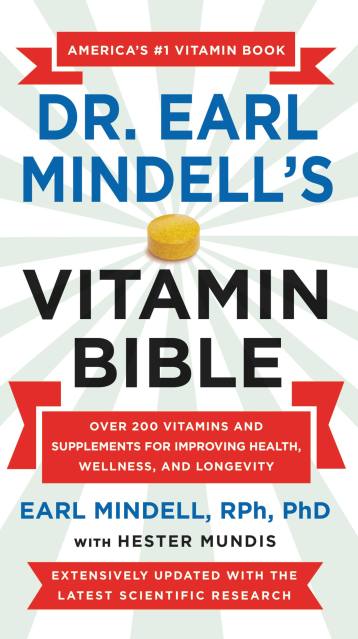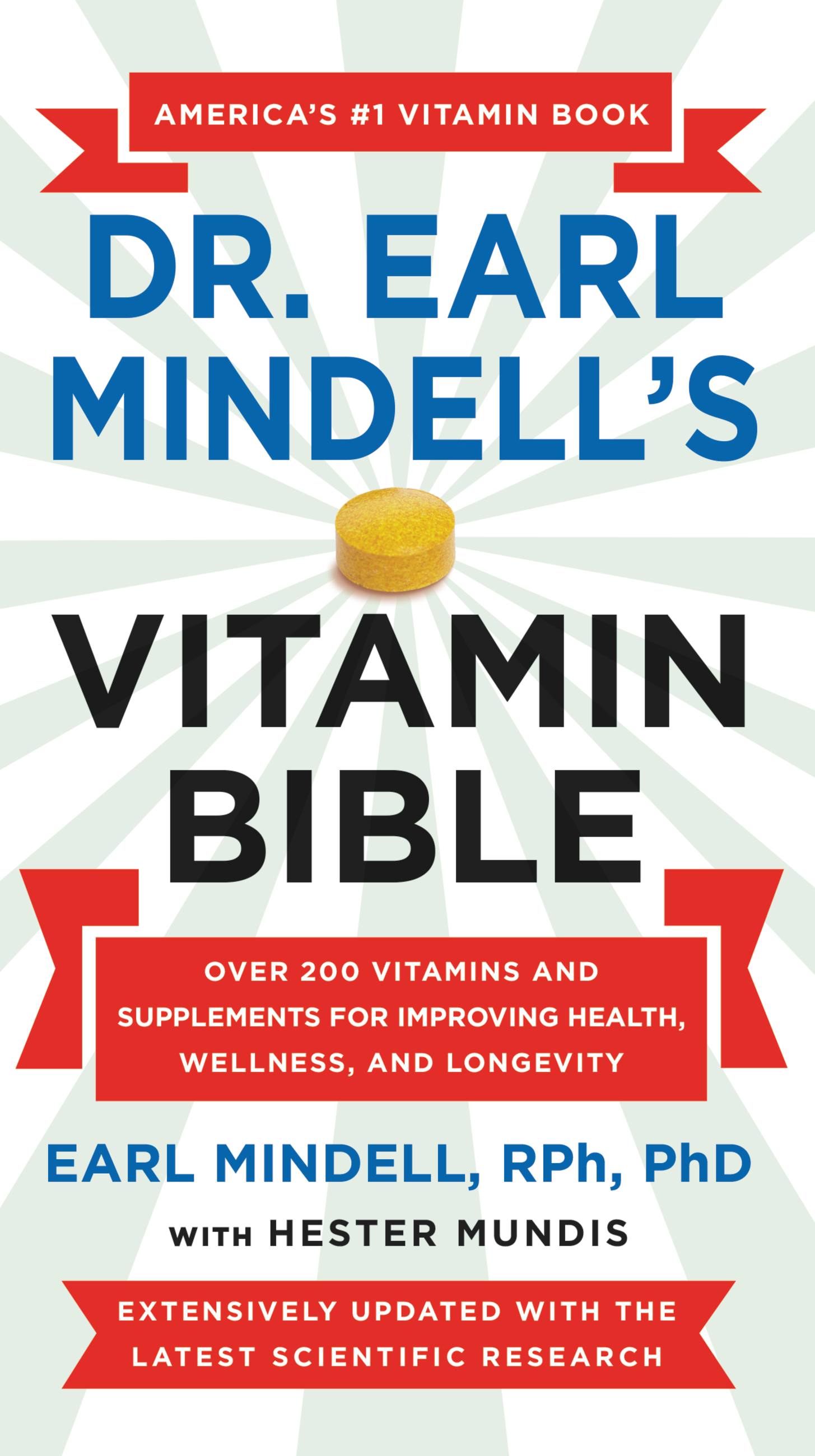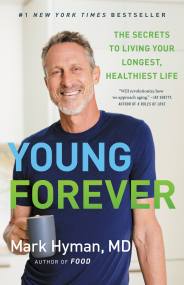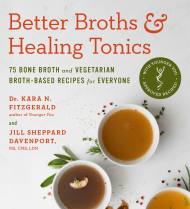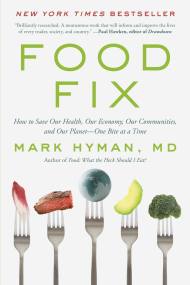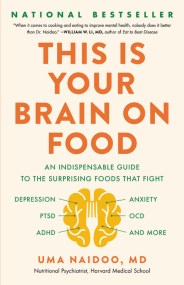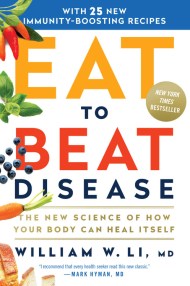Promotion
Use code MOM24 for 20% off site wide + free shipping over $45
Earl Mindell's New Vitamin Bible
Contributors
By Hester Mundis
Formats and Prices
Price
$9.99Price
$11.99 CADFormat
Format:
- ebook (Revised) $9.99 $11.99 CAD
- Mass Market (Revised) $9.99 $12.99 CAD
This item is a preorder. Your payment method will be charged immediately, and the product is expected to ship on or around July 1, 2011. This date is subject to change due to shipping delays beyond our control.
Also available from:
Discover:
- How to maximize the effectiveness of your vitamins/supplements and avoid problems by taking them in the right combinations
- New anti-aging vitamins and supplements that will keep your skin and body healthy and young-looking
- The art of personalizing your dietary regimen to fit your lifestyle, your health profile, and even your job
- Natural alternatives to hormone replacement therapy (HRT), Viagra, Prozac, and Valium
- Expanded sections on nutraceuticals, homeopathy, and aromatherapy, and how to find the best practitioners in these fields
- Healing regimens for heart patients, stroke victims, diabetics, and arthritis sufferers
- New warnings about dangerous drug interactions and “miracle cures”
- Plus! Expanded sections on herbal teas and tinctures, beauty aids, diets, salt and sugar intake, and new ways to boost your energy level, fertility, and sex life.
Genre:
- On Sale
- Jul 1, 2011
- Page Count
- 608 pages
- Publisher
- Grand Central Life & Style
- ISBN-13
- 9781455509133
Newsletter Signup
By clicking ‘Sign Up,’ I acknowledge that I have read and agree to Hachette Book Group’s Privacy Policy and Terms of Use
